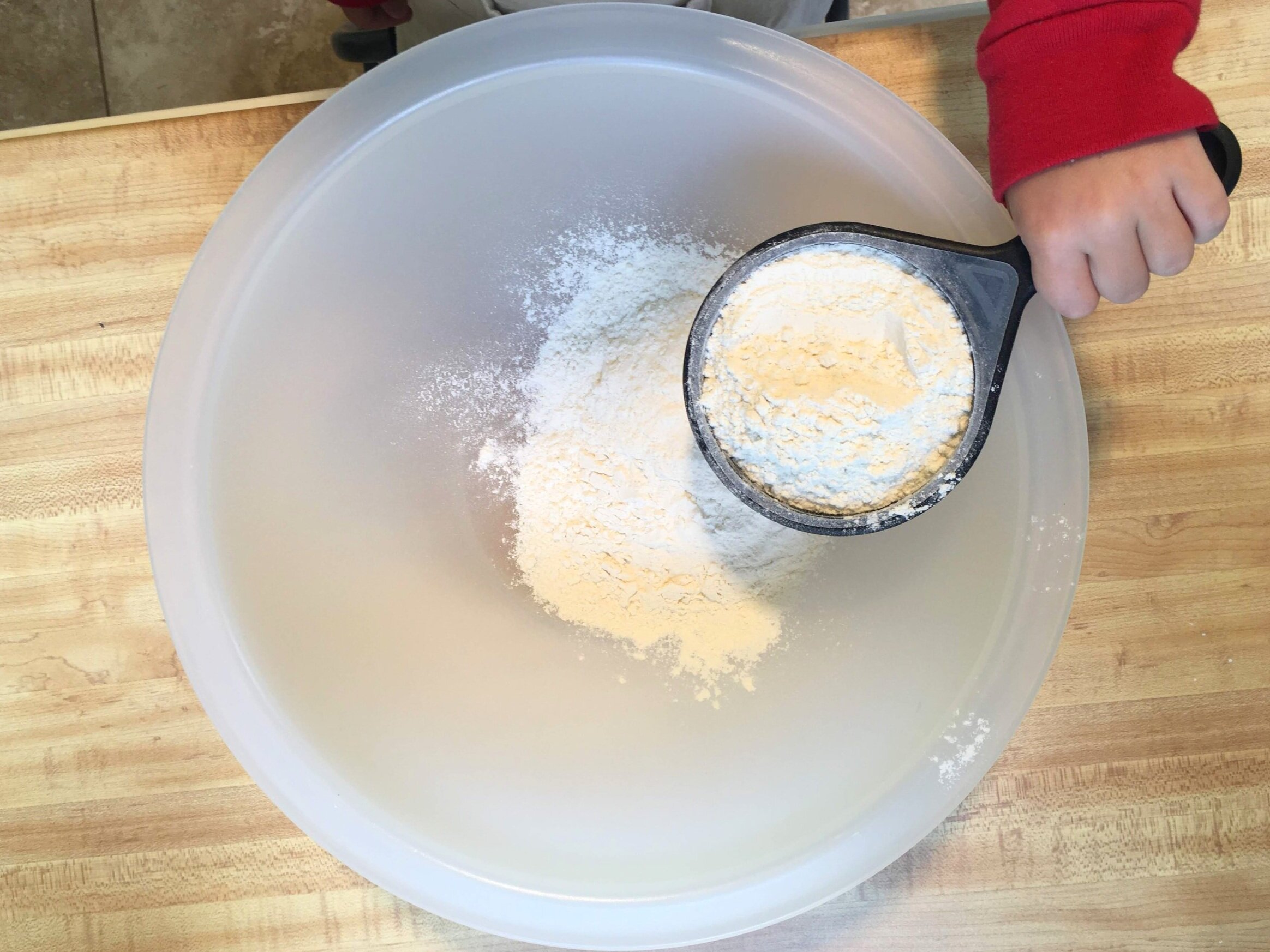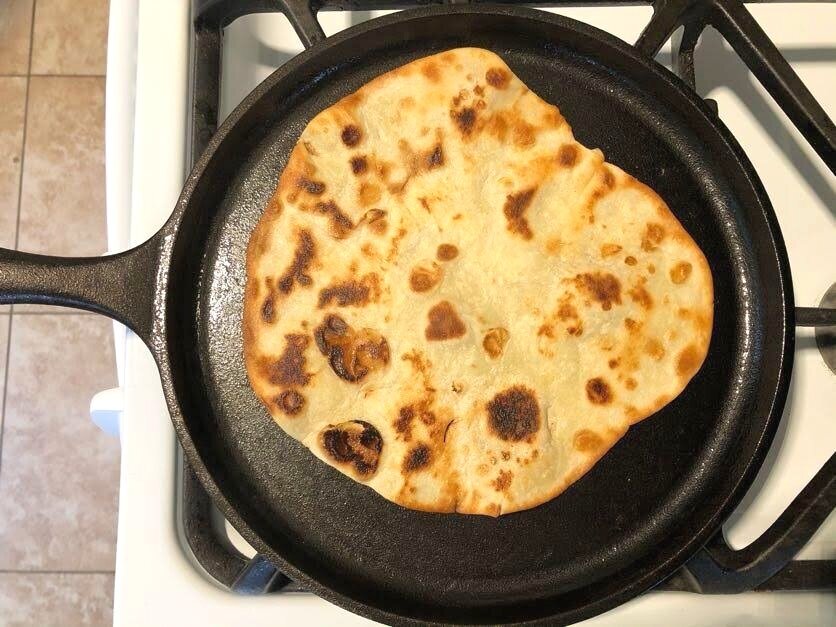Chapati Recipe
James Baker is a much-beloved, long-time volunteer at Rehema Home Nairobi. He is part of our family. He also is a professional baker (check out his cakes). In this lesson, James and Justin will be teaching all of us how to make chapati!
What is chapati?
According to Njoroge Muigai of Yummy magazine, "This is a Kenyan form of flatbread which traces its origins from the local Indian population in Kenya. Chapatis are made using a flour dough, wound into a coil then rolled into a flat round circle. The dough is fried on a skillet with plenty of oil so that it turns crispy on the edges but remains moist and doughy on the interior. Chapatis are a special Kenyan treat and they never miss on the menu for occasions. They can be eaten with cabbages (fried)...or on their own with a hot beverage."
Why do we serve chapati?
Our children and young adults at Rehema Home love chapati—it is total comfort food. According to our in-house nutrition expert Moses, "A chapati is a carbohydrate. It has salt which helps with muscles and nerves—and with controlling the blood pressure and volume. [A chapati] also has sugar which helps the body with energy." Who doesn't love carbs, right?
How do I make chapati?
Making chapati or "chapo" is a true labor of love because they require a lot of hands-on time. Traditionally, chapatis are cooked on a jua kali pan, which is a heavy-duty pan made by Kenya artisans. In place of a jua kali pan, you can use a cast iron pan.
Cara Reindl, Director of Communications & Development at Rehema Home US, recently made chapati with her family.
James Baker's Simple Chapati Recipe
(Serves 4)
Tools
Large mixing bowl
1-cup measuring cup (dry)
1 teaspoon
1 small saucepan
1-cup measuring cup (liquid)
1/2-cup measuring cup (liquid)
Wooden spoon
Rolling pin
Large seasoned cast-iron skillet or griddle
Tongs
Plate
Aluminum foil
Ingredients
3 cups of all-purpose flour
1 teaspoon salt
1 teaspoon sugar
1 1/2 cups of boiling water
1/2 cup vegetable or grapeseed oil
Extra all-purpose flour (for surfaces)
Recipe Preparation
Mix all-purpose flour, salt, and sugar in a large mixing bowl. Add 1 cup of boiling water and 1/2 cup of vegetable or grapeseed oil to the large mixing bowl. Using a wooden spoon, combine the dry and wet ingredients. Add the remaining 1/2 cup of boiling water to the dough and mix until all the dry ingredients have been incorporated and a dough forms.
Turn the dough out onto a clean surface. If it sticks, add a teaspoon of flour to the dough. Knead the dough for around 5-10 minutes. You'll know it is ready when it springs back immediately when lightly pressed and it doesn't tear when you pull it. Shape the dough into a ball and cover with your mixing bowl for five minutes.
Split your dough into small balls of equal size. On a floured surface, use your rolling pin to roll out each ball of dough into rounds. The rounds can be as large or as small as you like, but they should be between a sixteenth and an eighth of an inch thick. Let the rounds rest for 5-10 minutes.
Place your cast-iron skillet or griddle on the stove and turn the heat to medium-high. After the skillet or griddle has heated evenly, add a small amount of vegetable or grapeseed oil and spread it evenly around the surface of the skillet or griddle. When the oil starts to shimmer, add your round to skillet or griddle. The chapati will start to bubble up and brown slightly. To ensure that the chapati doesn't burn, check the bottom frequently. Using tongs, flip the chapati, and cook the other side. Add a small amount of oil as needed to prevent sticking.
Once both sides are cooked, move to a plate and cover with aluminum foil to keep warm. Enjoy!







